In Part One of this two-part interview, we sit down with Richmond Lee, the Art Director for Zecha Tactics and CEO of Bit Egg Inc., to discuss the origins and art inspirations behind Zecha Tactics.
Part Two of the interview is also available here.
Can you tell us a little bit about yourself and Bit Egg?
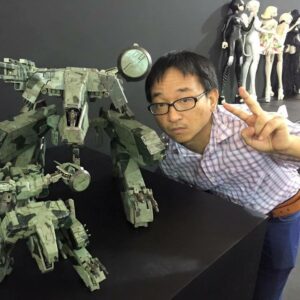
My name is Richmond Lee. I’m the co-founder of Bit Egg, as well as the CEO, and art director for various projects. I’ve been with the company since we were just three people. We’ve grown a lot in the last couple of years. In the beginning, we were making our own mobile games, but all of us were really into hardcore games like console and PC games.
When we started, we followed the generic advice to make something mainstream that would be a hit before you make what you really want to make. We learned a lot and made some casual games. We also made a lot of classic mistakes. We eventually found ourselves at a crossroads where we could keep going with Bit Egg or move on to something else.
We decided to keep going with indie game development while also pivoting to art outsourcing, which we are very good at. After Bit Egg pivoted, we started hiring more people and getting bigger and bigger outsourcing projects. We stuck to our guns and only took interesting game projects. We’ve worked on a lot of great projects and have learned so much from them.
A big turning point was working on Indivisible from Lab Zero. Their art team was great to work with, and Bit Egg did over 300 characters for that game. Our team kept growing from there. Having revenue from outsourcing lets us take bigger risks with our own games. Zecha Tactics is going to take a lot of resources to make, but it’s also the kind of game that we like, and I just feel ten times more confident making this kind of game.
With your experience at Bit Egg and as someone who hosts an entire podcast dedicated to celebrating art in video games on the Art Eater podcast, how has your interest in art shaped your approach to game development?
My background is in art. I’m definitely very art- and animation-focused, but obviously I also care about the gameplay. So for me as a game developer, not just as an art director, I think the art needs to support the gameplay and vice versa. It all needs to fit together. My favorite games tend to be very concise games, where all their elements fall into place well. The animation needs to serve the gameplay, but it also needs to feel good.
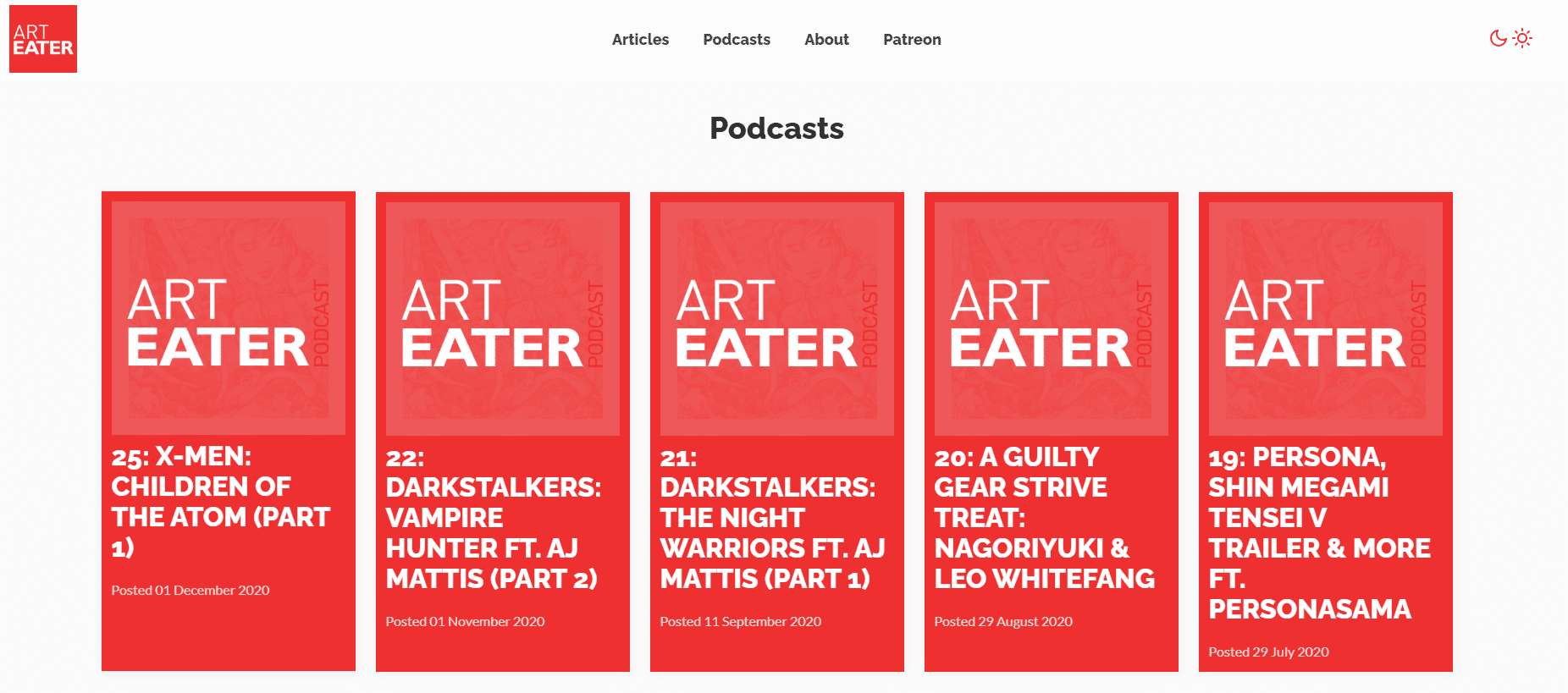
I also have a pretty decent following online now through Art Eater. I tweet a lot about interesting art in other games. I’ll get into stuff like Arc System Works and how they do 2D techniques in 3D. The really great thing about Zecha Tactics is that it’s finally an opportunity to take all the stuff I think is really cool in other people’s games and apply it to something I’m making myself.
What makes Zecha Tactics special? Why is it the first game Bit Egg decided to make?
It’s funny and a weird coincidence that so many indie developers here in Thailand make mecha games. I think it’s just part of the culture. I’ve always liked mecha stuff. Even when I talked to Boom, our lead modeler, he said, “I’m not that into mecha.” I asked him, “Yeah, but how many mecha anime series have you watched?” He listed five of them and several video games too. In America, you would be considered a mecha fan, but here in Thailand, you would consider yourself an average gamer.
As far as why we’re making a tactical strategy game, it’s a favorite kind of game for Stephen (Game Designer for Zecha Tactics). He’s designing the gameplay and it’s the kind of game he’s always wanted to make. When Bit Egg started, we were only making other games, but Stephen wanted to build up to making a tactical strategy game someday. So this is that day. For me, it’s also a chance to put into play a lot of things I think are aesthetically interesting. All that cool stuff I tweet about, I’m really excited to put that into our game
Zecha Tactics is set in the brand new world of Aldsan-Od with original characters and storylines. What are the challenges that come with creating a new world?
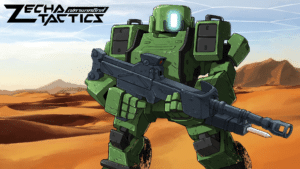
That’s just it, right? Creating something from nothing is really difficult because it’s this big blank canvas. Even if it’s sci-fi mecha turn-based strategy, when it comes time to actually create the world and create the story, you need to focus it.
The most challenging thing for me was figuring out the values that would go into the game that would drive everything else. I don’t want to tell a story just for the sake of it. I don’t want to just have robots fighting for no reason. So we’ve actually been working on the game for a year, and the story has been a very slow brew.
We’ve been refining the gameplay steadily, but the story has been up and down. I’d say the most challenging part was just giving it enough time to figure out … a story that I really wanted to tell and what I ended up with just after the last year of development, talking to people, watching stuff, and looking at stuff.
The core theme we came up with was that it’s obviously an action adventure game, and there’s a power fantasy element, but I want to make it a power fantasy about helping people. So Zecha Tactics is a game where you know you’re powerful and you beat people up and you fight, but in doing that you have the chance to go through this virtual world and make it better.
What is the inspiration for Zecha Tactics in terms of its cel-shaded art style? It’s reminiscent of Arc Systems Works’ Guilty Gear titles. Is that an inspiration point as well?
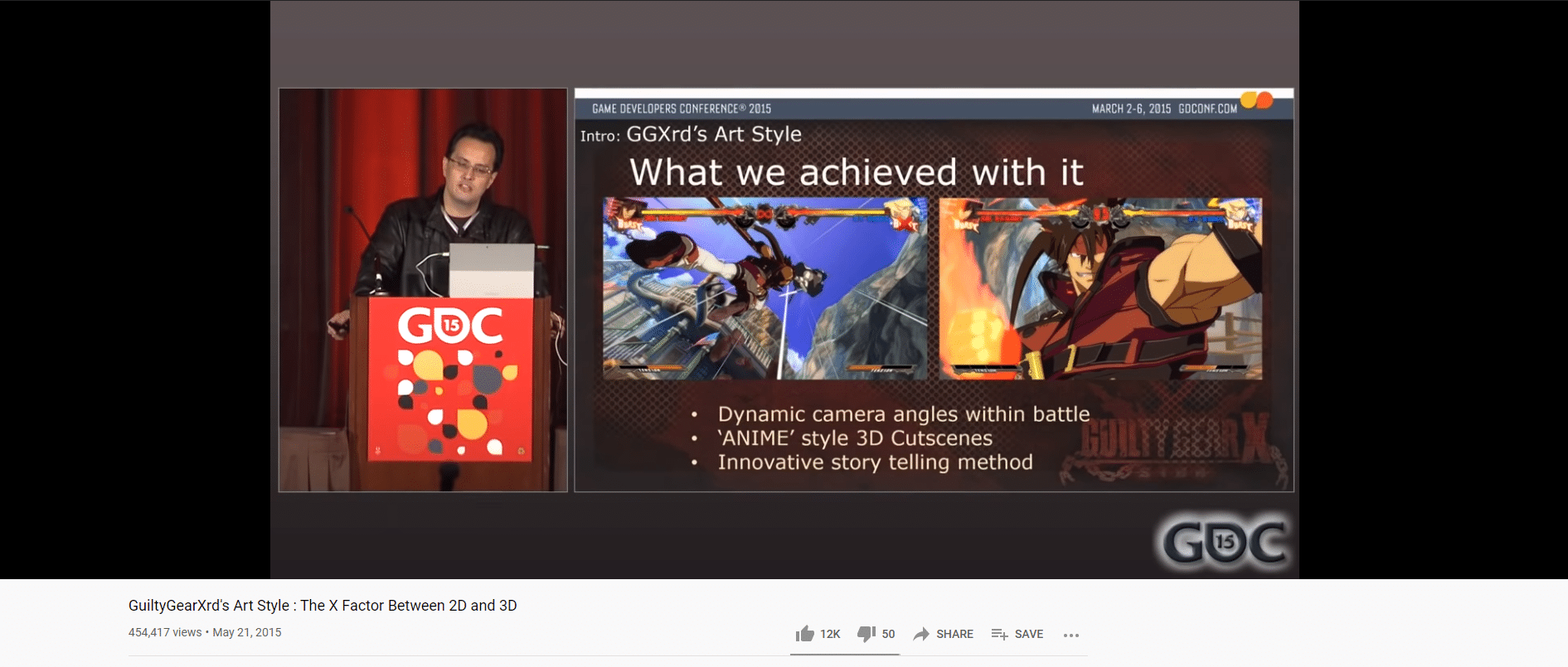
Guilty Gear is a huge inspiration. I’ve always liked the fighting games from the beginning, and then they’ve really pioneered cel-shading in 3D. I love all animation. I like 3D. I like 2D. But I love drawings. I love 2D animation and it’s really amazing how the Guilty Gear games capture the appeal of 2D in 3D. We’ve learned a lot just from studying these games, so they were a huge inspiration.
Judging from the cinematic teaser trailer for the game, Zecha Tactics looks very much right out of 80s mecha anime popularized by series like Gundam. Were there any specific artistic inspirations?
Yeah, a huge inspiration from all 80s and 90s anime! We were inspired by Guilty Gear’s technique and just how handcrafted everything is, but their aesthetic is much more modern and slick. In Zecha Tactics, we’re going for a little bit of an old-school feeling, a little bit more restrained.
Personally, I like mecha and I really like the grunt units. I like the Zaku more than the Gundam. I like the Scopedog in VOTOMS. A lot of fans noticed that Zecha Tactics is very VOTOMS, and that’s another huge inspiration. That’s a series about being the grunt, not like being the hero. The guy that just kind of squeaks by these battles.
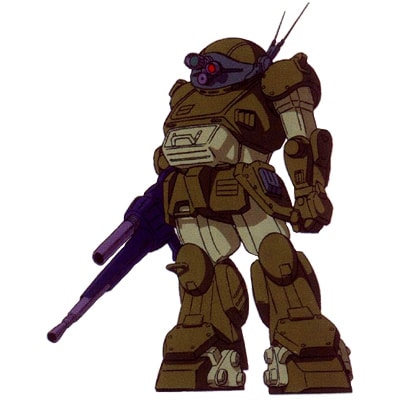
A cool thing about developing a game is that we’re not limited to just one thing. We can have lots of different factions, and each faction can sort of explore a different style that we like. The starting faction is very VOTOMS-like. The designer we hired, Shinya Mizuno, I think we’ll talk about him more, but he has a very unique style. We’re definitely going to see more of his idiosyncratic style along with other factions. Naturally other people’s tastes who are working on the game will come through too, like our lead modeler really loves Megaman, so you’ll get a little bit of that flavor naturally too.
Check out Part Two, where Richmond goes into more detail on mecha design and the story and tone for Zecha Tactics!
If you haven’t already, sign up for the Zecha Tactics newsletter to get an exclusive wallpaper and regular updates on Zecha Tactics development!
Interviewed by Egg, Community Coordinator for Bit Egg Inc.
